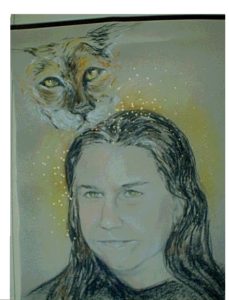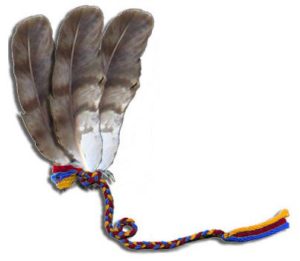 Shaman’s Touch is a combination of energy techniques that have been blended together from multiple tribal sources, chakra and aura cleansing, balancing and manipulation practices and a form of Reiki known as Tera Mai. The key is in the diagnostics, allowing the Healer to draw from a number of healing methods that are the most compatible with the patient.
Shaman’s Touch is a combination of energy techniques that have been blended together from multiple tribal sources, chakra and aura cleansing, balancing and manipulation practices and a form of Reiki known as Tera Mai. The key is in the diagnostics, allowing the Healer to draw from a number of healing methods that are the most compatible with the patient.
Shaman’s Touch is taught in three levels with a fourth level (teachers level) being optional. The first level teaches how to prepare the client to receive healing and how to create sacred space accordingly and also how to close the space and sever the cords created during healing. The most important aspect taught on this level is the focus on diagnostics to insure the proper application of the right technique to the specific individual.
Also taught are the use of the elements earth, air fire and water and the healing application of these forces. Methods of applying healing through hands-on techniques and the use of Tera Mai Reiki is also taught on this level. You will learn how to use the subtle energies that we are immersed in and to use the spirits that connect to us as well as the use of plants and their energies.
What is a Shaman
 The word Shaman comes from a Tungus-speaking people in eastern Siberia known as the Evenk. Its origins are actually both noun and verb. This describes well the Shaman’s role in the community. It is both a grounding force and an active one. It was in the 20th century that the term Shaman first came into general use. It primarily became popular by anthropologists working in the academic arena, and was used to describe a particular role in certain communities. Although it is a label attributed to people in many cultures, it would be foreign to them. For example, Medicine Man or Woman would be the correct term to use in North America, Kam in certain parts of Siberia and mara’akame among the Huichol in Mexico. Whatever the title is, his or her community bestows it upon the Shaman. Therefore, as Peter Vitebsky says in his book, The Shaman, “There can be no Shaman without a surrounding society and culture.”
The word Shaman comes from a Tungus-speaking people in eastern Siberia known as the Evenk. Its origins are actually both noun and verb. This describes well the Shaman’s role in the community. It is both a grounding force and an active one. It was in the 20th century that the term Shaman first came into general use. It primarily became popular by anthropologists working in the academic arena, and was used to describe a particular role in certain communities. Although it is a label attributed to people in many cultures, it would be foreign to them. For example, Medicine Man or Woman would be the correct term to use in North America, Kam in certain parts of Siberia and mara’akame among the Huichol in Mexico. Whatever the title is, his or her community bestows it upon the Shaman. Therefore, as Peter Vitebsky says in his book, The Shaman, “There can be no Shaman without a surrounding society and culture.”
Translated, Shaman means, “to heat up; to burn; to work with heat and fire.” In this context, it implies that the essential characteristics of Shamans are the mastery of energy and fire as a medium of transformation. Shaman’s primarily work with spirits and energy. Everything has a spirit, everything is comprised of energy. The rituals attributed to the Shaman are to raise the energy levels for their use.
 The principles of Shamanism usually encompass the idea that everything around us is nothing but an illusion, a manifestation of individual perception. This not only includes the realm of spirit, but also the physical realm where we reside. Thus, when attempting to change anything in this physical world, which is only a matter of our perception, we simply need to change our perception. It becomes a simple task, with practice, for the Shaman to enter these other realities-above, below and the other planes that co-exist with the physical world-focus on the changes they would make, and then use the raised energies of ritual to bring about changes here, in the physical.
The principles of Shamanism usually encompass the idea that everything around us is nothing but an illusion, a manifestation of individual perception. This not only includes the realm of spirit, but also the physical realm where we reside. Thus, when attempting to change anything in this physical world, which is only a matter of our perception, we simply need to change our perception. It becomes a simple task, with practice, for the Shaman to enter these other realities-above, below and the other planes that co-exist with the physical world-focus on the changes they would make, and then use the raised energies of ritual to bring about changes here, in the physical.
